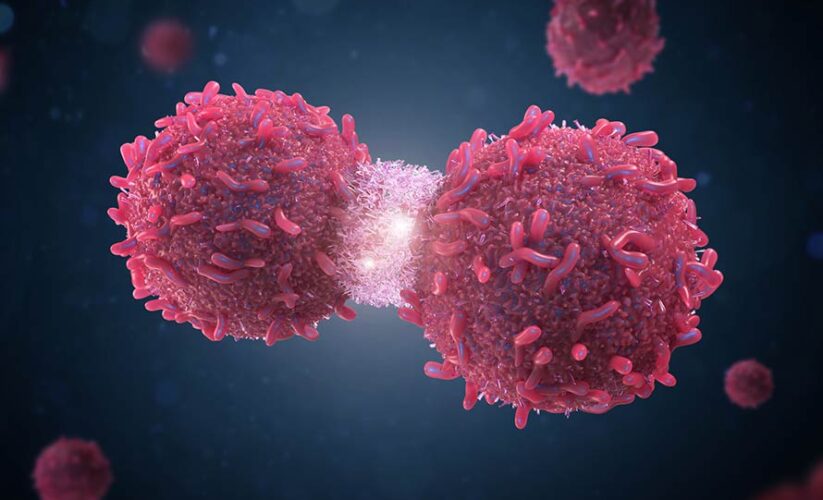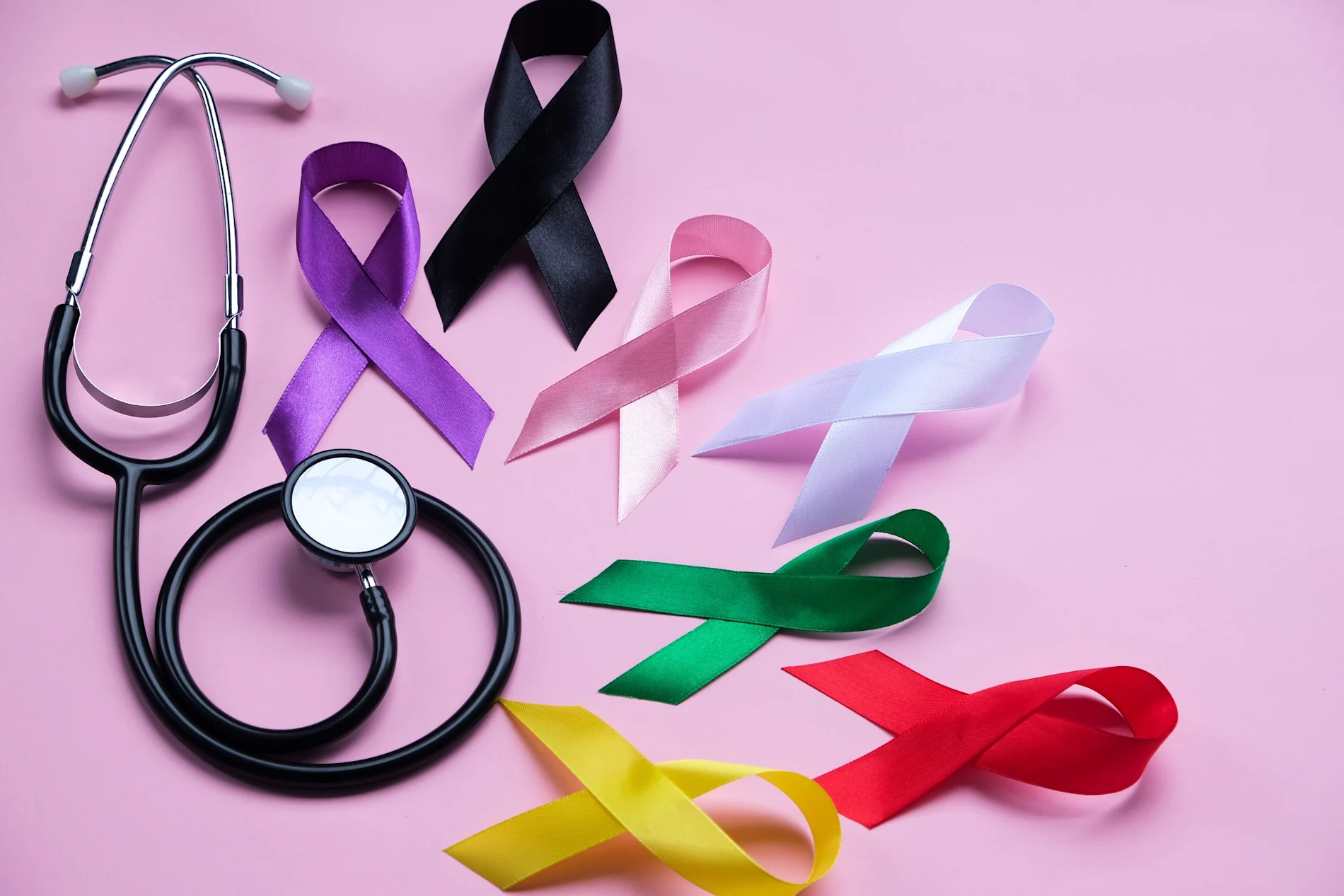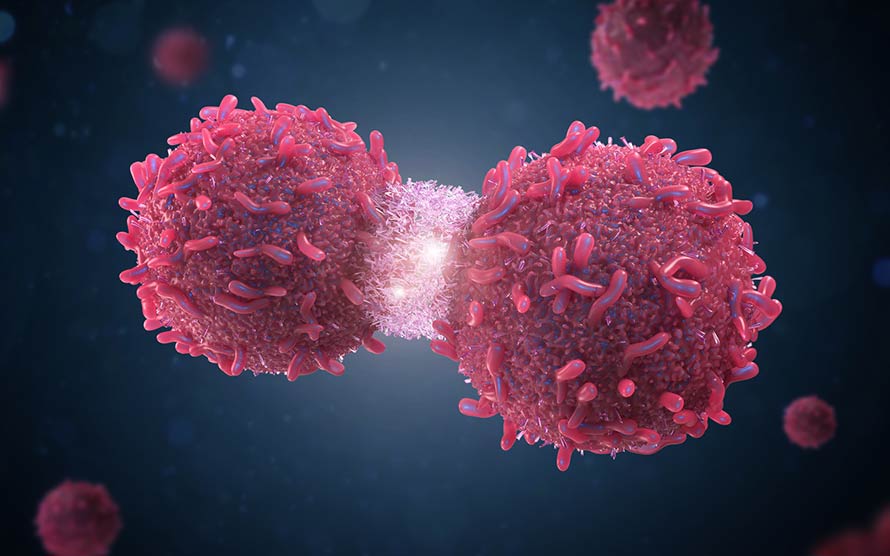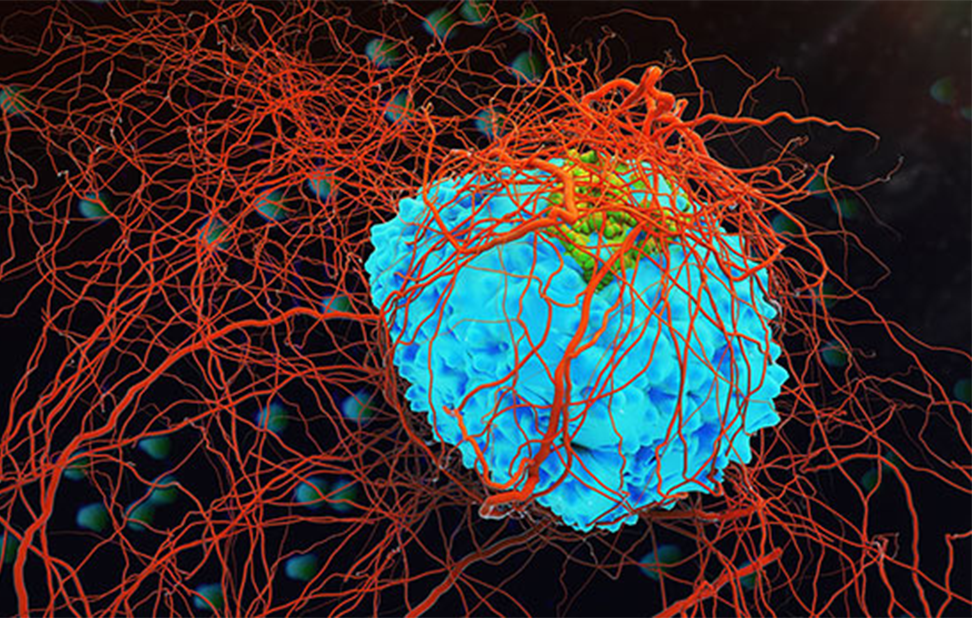Can Breast Cancer Be Fueled by Hormones?

Breast cancer is not one disease—it’s a group of cancers with varying behaviors and treatment responses. One important subtype is hormone receptor-positive breast cancer, which is driven by estrogen and/or progesterone.
What Are Hormone Receptors in Breast Cancer?
Cells in hormone-positive breast cancers have receptors on their surface that bind to estrogen (ER) or progesterone (PR). When these hormones attach, they stimulate the cancer cells to grow and divide. In these cases, hormones act like “fuel” for the tumor.
How Do We Detect Hormone-Driven Cancer?
After a biopsy confirms breast cancer, the tissue is tested for hormone receptors. If the tumor is ER+ and/or PR+, doctors may recommend hormone therapy in addition to surgery, chemotherapy, or radiation.
Common Hormonal Treatments Include:
- Tamoxifen: Blocks estrogen receptors on cancer cells
- Aromatase Inhibitors (e.g., letrozole): Prevent estrogen production
- Ovarian Suppression: For younger women, may involve injections or surgery to reduce estrogen
Benefits of Hormonal Therapy:
- Reduces the risk of recurrence
- Can be used long-term (5–10 years) after initial treatment
- Targets cancer cells without harming most normal cells
- Hormone-sensitive breast cancer generally has a better prognosis and more treatment options than other subtypes. Early diagnosis and personalized treatment planning are essential for long-term success.





